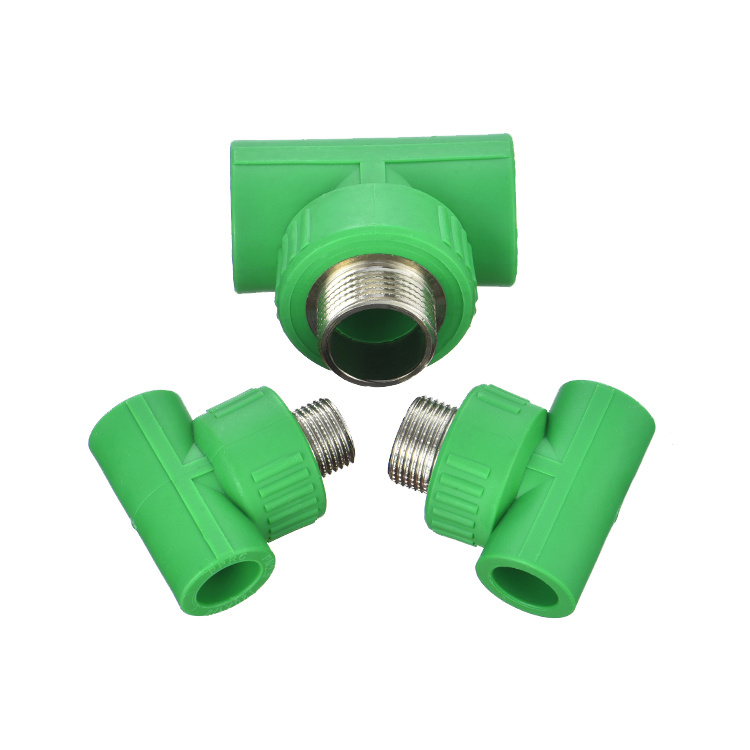Can PPR pipe fittings be used for compressed air systems?
PPR (Polypropylene Random Copolymer) pipe fittings are generally not recommended for use in compressed air systems. Here are some key points regarding the use of PPR pipe fittings in compressed air applications:

1. Pressure Ratings: PPR pipe fittings are typically designed and rated for water supply applications. The pressure ratings of PPR fittings may not be suitable for the high-pressure requirements of compressed air systems.
2. Material Strength: PPR pipe fittings may not have the required material strength to withstand the high-pressure demands of compressed air applications. The fittings may be prone to failure or leakage under excessive pressure.
3. Safety Considerations: Compressed air systems involve higher risks and safety concerns compared to water supply systems. Using fittings specifically designed and rated for compressed air applications is crucial to ensure the safety and integrity of the system.
4. Alternative Fittings: There are specific types of fittings, such as brass or stainless steel fittings, that are designed for use in compressed air systems. These fittings have the necessary strength and pressure ratings to handle the demands of compressed air applications.
It is recommended to consult with professionals or experts in compressed air systems to determine the appropriate fittings and materials for such applications. Using fittings specifically designed and rated for compressed air will help ensure the reliability and safety of the system.






